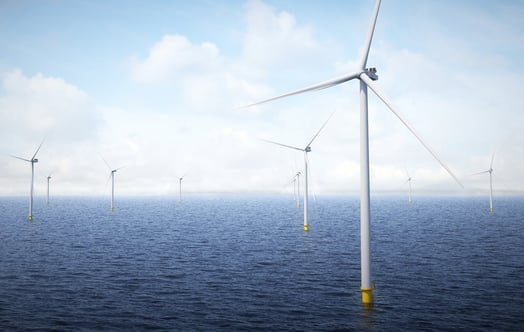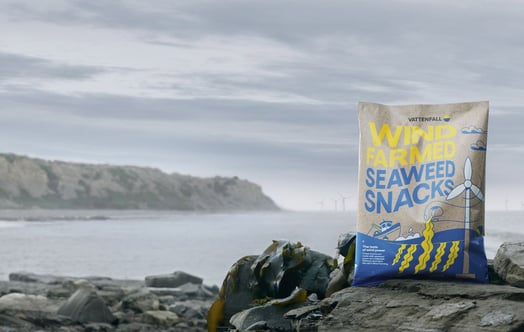Investigation into seabird behaviour and collision risk hosted at Vattenfall’s Thanet Offshore Wind Farm shows a collision risk less than half of what was expected.
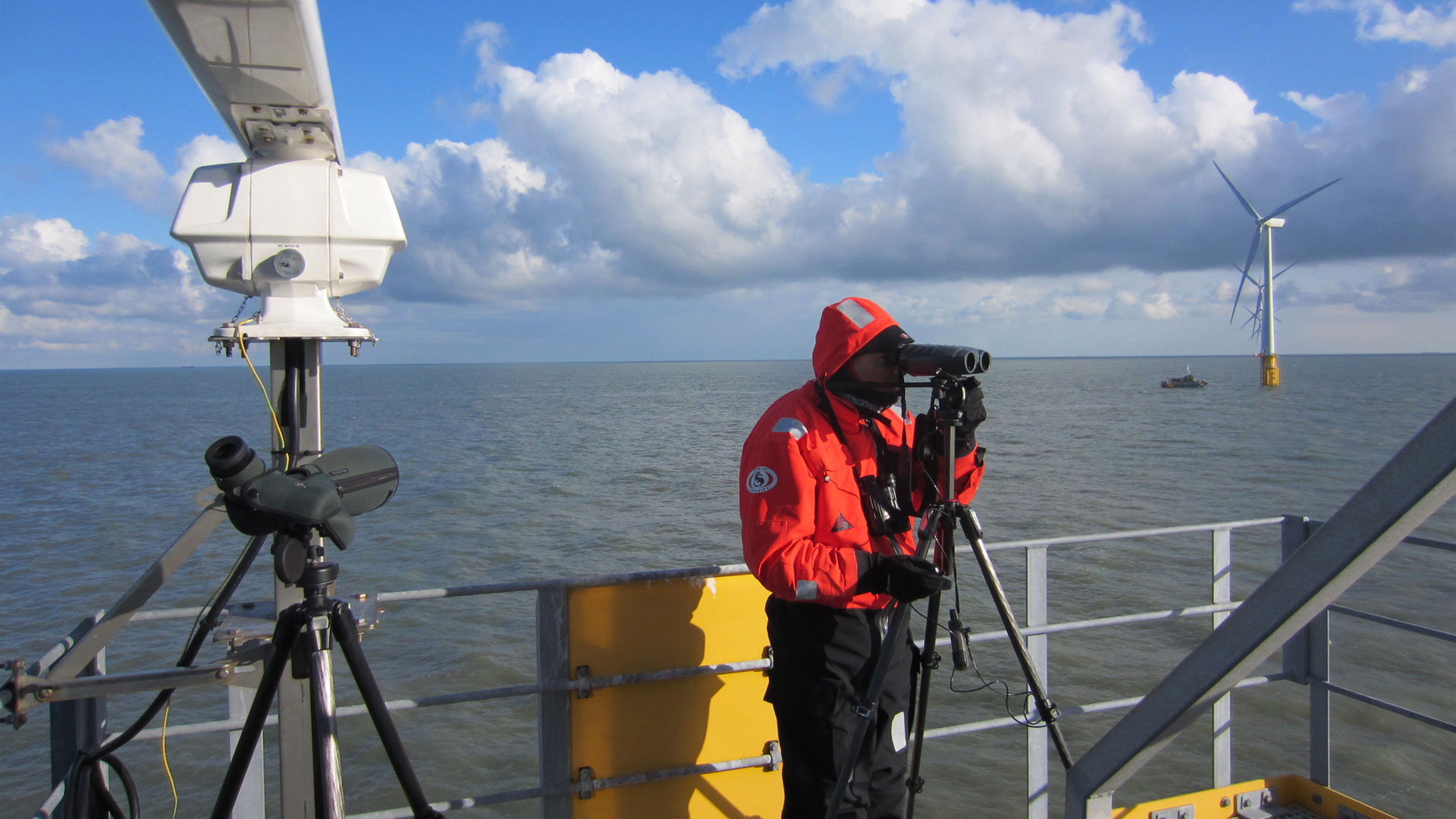
LAWR radar, telescope and observer using rangefinder on a wind turbine at Vattenfall's Thanet Offshore Wind Farm.
The Offshore Renewables Joint Industry Programme (ORJIP) has released results from the world’s most comprehensive investigation into seabird behaviour and collision risk around offshore wind farms, hosted at Vattenfall’s Thanet Offshore Wind Farm. The conclusions have shown that seabirds are much better at avoiding collisions with offshore wind turbines than previously predicted.
The multimillion pound, collaborative study, which was run with support and advice from the UK and Northern Europe’s leading ornithologists and environmental advisors, deployed a state of the art multi-sensor monitoring system - combining human observer-based tracking with a system that automatically recorded seabird movements over a two year period.
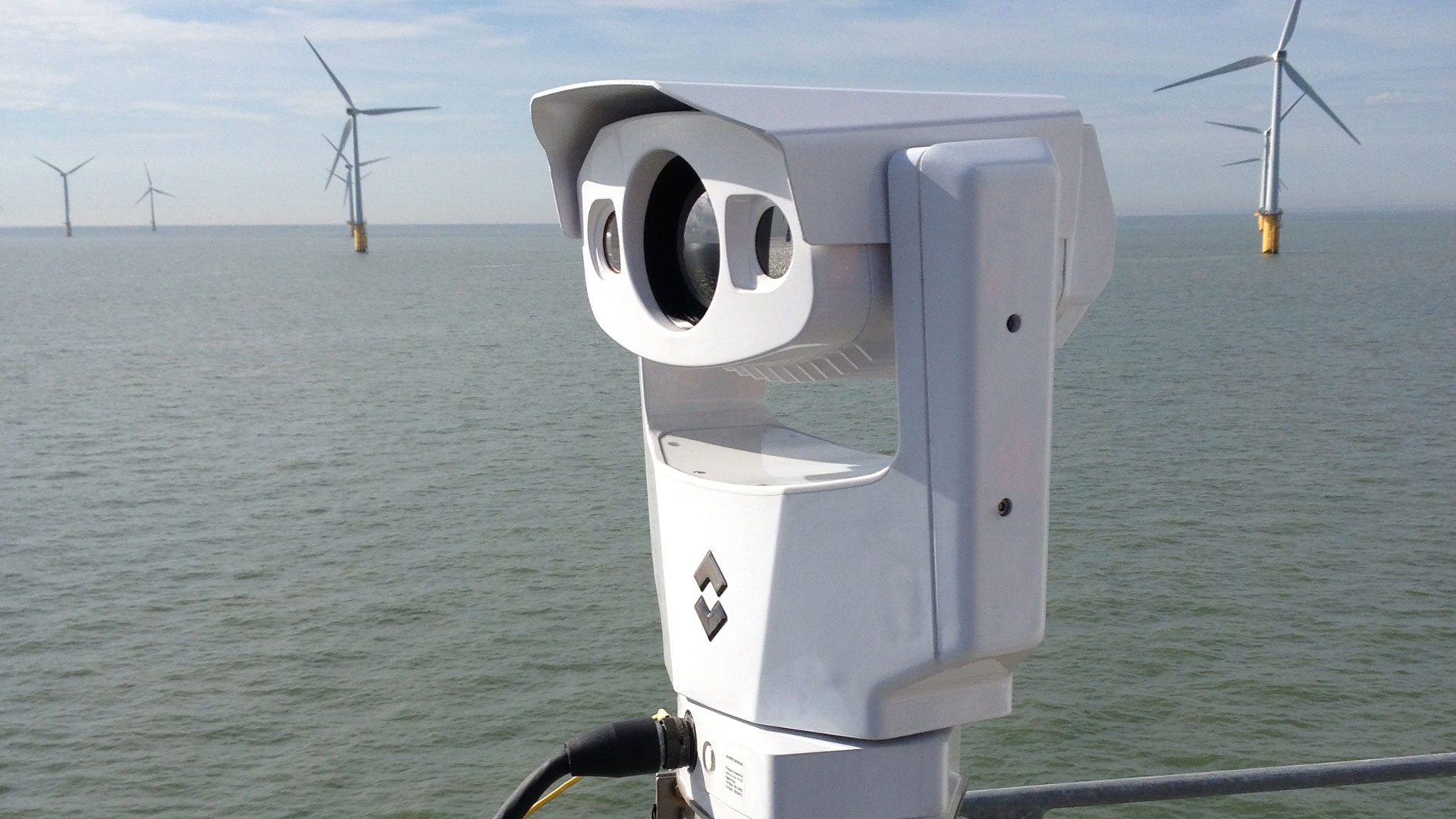
Thermal animal detection system camera mounted on one of the offshore wind turbines.
Avoidance behaviour and changing flight paths
The analysis of more than 600,000 videos, of which only 12,131 captured bird activity, showed a collision risk of seabirds that is less than half of what was expected, with seabirds exhibiting avoidance behaviour and changing their flight path to avoid the turbines.
The research was designed to generate robust, empirical evidence on the levels of avoidance behaviour and collisions to improve collision risk models. It will provide greater certainty on the true impact of offshore wind farms on seabirds and the mitigation measures required.
Helen Jameson, Senior Project Manager from Vattenfall said: “Hosting this study at our Thanet Offshore Wind Farm has meant we have seen first-hand the rigour behind it. The positive results have shown that, in fact, our approach as an industry has been very cautious. Practical, robust research like this is vital as we look to develop well designed offshore wind farm projects for a fossil fuel free future. Although this is by no means the end of the story - the need for more offshore wind related environmental R&D remains - the results will mean we can make increasingly better informed decisions, continuing to work with experts in the field.”
Piers Guy, Vattenfall’s UK Country Manager, said: “This pioneering study is a significant step forward in our understanding of the way in which seabirds avoid offshore wind turbines, and comes at a crucial time as the next generation of wind turbines are designed and developed. This research will help to support our plans to rapidly and sustainably grow our offshore wind business.”
About ORJIP
The Offshore Renewables Joint Industry Programme (ORJIP) is a joint industry programme involving Marine Scotland, The Crown Estate, The Crown Estate Scotland and offshore wind developers and is managed by the Carbon Trust. Each project undertaken through ORJIP Offshore Wind is also supported by an advisory expert panel which includes leading experts from Statutory Nature Conservation Bodies, academics and other organisations. In addition to funding from the UK government the ORJIP Bird Collision Avoidance Study was also funded by 11 offshore wind developers: EDF Energy Renewables, Eneco, Fluor, innogy, Mainstream Renewable Power, Ørsted, ScottishPower Renewables, Siemens, SSE Renewables, Statoil, Vattenfall.
Infographic
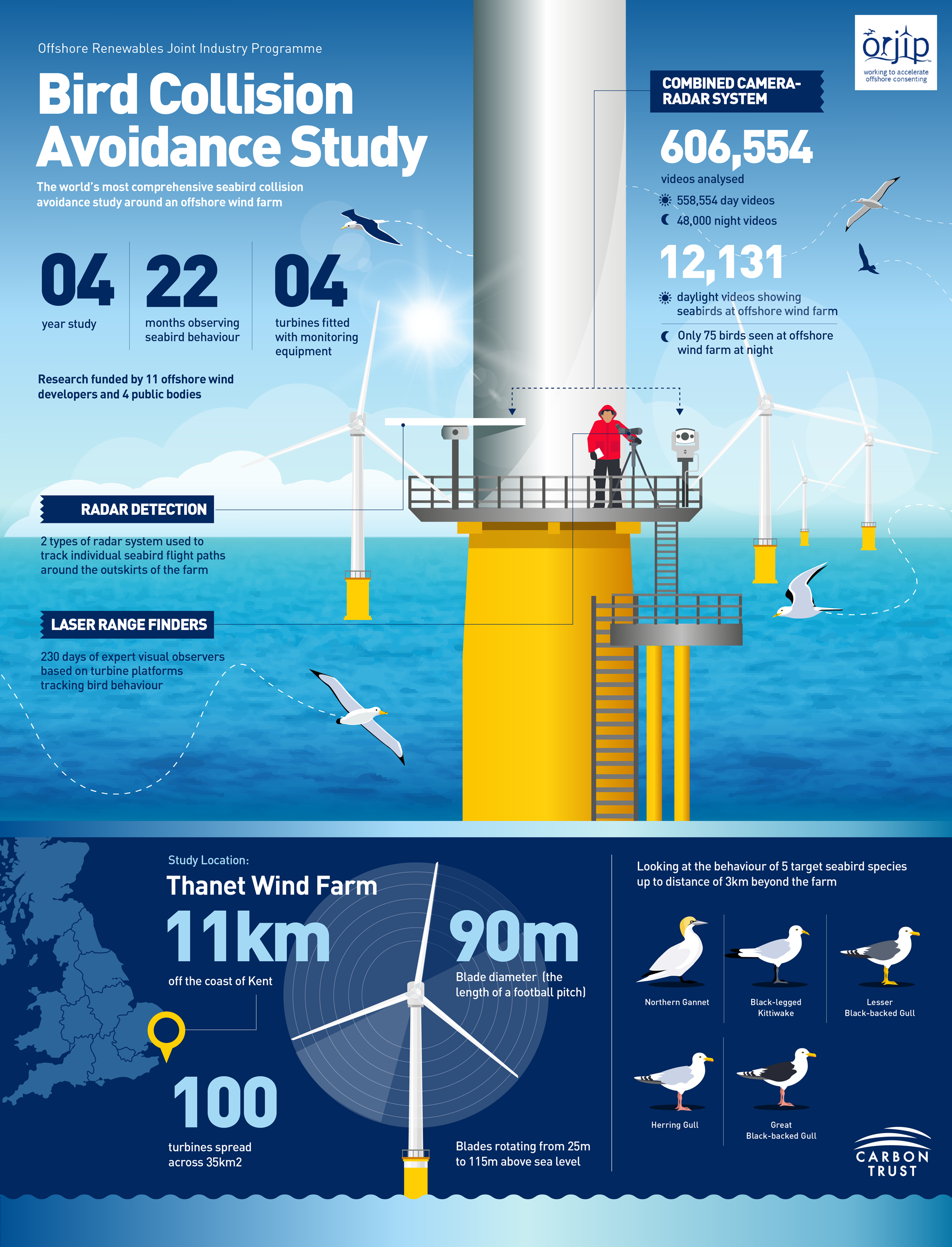
Photo by ORJIP Offshore Wind
Infographic by ORJIP Offshore Wind

